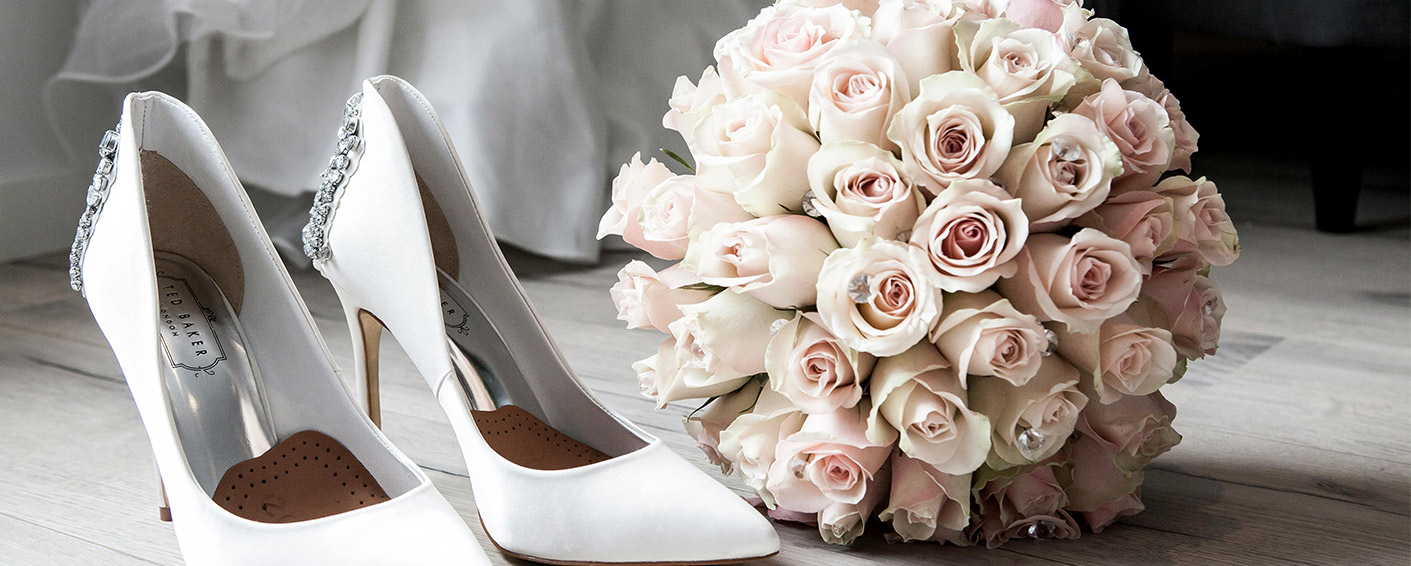Creating Stunning Monochromatic Bouquets
In the world of floral design, color is a powerful tool that can evoke emotions, set moods, and create striking visual impact. While multi-colored bouquets are a popular choice for their vibrant and diverse appearance, there’s a certain elegance in the simplicity of a monochromatic palette. A one-color bouquet, when crafted with attention to texture, depth, and variation within a single hue, can be just as, if not more, impactful as its colorful counterparts. In this blog, we’ll explore the magic of monochromatic floral designs and how you can create stunning one-color bouquets that captivate and inspire.
Why Choose a Monochromatic Palette?
Monochromatic bouquets offer several advantages:
- Sophistication: A single-color palette exudes a sense of elegance and sophistication. It’s a refined choice that often feels more intentional and polished.
- Focus: By limiting the color palette, the focus shifts to the flowers themselves—their shapes, textures, and forms become more pronounced.
- Harmony: A monochromatic bouquet creates a harmonious and cohesive look, making it visually soothing and pleasing to the eye.
- Versatility: Monochromatic designs can be adapted to any occasion, from weddings to corporate events, and can be tailored to fit any style, from modern and minimalist to lush and romantic.
Selecting the Right Color
The first step in creating a monochromatic bouquet is selecting the color. Consider the following when choosing your hue:
- Occasion: The event or purpose of the bouquet may guide your color choice. Soft pastels like blush or lavender are ideal for weddings, while bold colors like red or deep purple can make a statement at formal events.
- Emotion: Different colors evoke different emotions. For example, white symbolizes purity and elegance, while yellow exudes happiness and energy. Think about the mood you want to create.
- Season: The season can also influence your choice of color. Bright, vibrant hues are perfect for summer, while rich, warm tones work well for autumn.
Once you’ve selected your color, you can begin exploring the different shades, tones, and tints within that color family to add depth and interest to your bouquet.
Playing with Texture
Texture is key to creating a dynamic and engaging monochromatic bouquet. Without the variation in color to provide contrast, texture becomes the primary way to differentiate and add interest.
- Mixing Flower Types: Combine flowers with different textures to create a layered effect. For example, pair the smooth petals of roses with the intricate blossoms of hydrangeas or the spiky forms of thistles.
- Incorporating Foliage: Foliage can add a tactile element to your bouquet. Consider using leaves with different textures, such as the soft, velvety feel of lamb’s ear or the glossy finish of magnolia leaves.
- Adding Non-Floral Elements: Incorporate elements like berries, branches, or even feathers to introduce new textures that complement your chosen color palette.
Creating Depth and Dimension
Depth and dimension are essential in preventing a monochromatic bouquet from feeling flat or one-dimensional. Here’s how to achieve it:
- Layering Shades: Use different shades of your chosen color to create depth. For example, in a pink bouquet, mix light blush roses with deeper magenta peonies and everything in between.
- Varying Flower Sizes: Combine flowers of different sizes to add dimension. Larger blooms can serve as focal points, while smaller flowers and buds create a sense of movement and depth.
- Playing with Placement: Arrange flowers at varying heights and angles. This staggered placement helps to build a three-dimensional look that draws the eye in.
Highlighting Variations within the Hue
Even within a single color family, there are subtle variations that can make a big difference in your design. Explore these variations to add richness to your bouquet:
- Tones: Tones are created by adding gray to a color, resulting in more muted, sophisticated shades. Incorporating tones can give your bouquet a more refined, understated look.
- Tints: Tints are achieved by adding white to a color, producing lighter, softer versions of the hue. These are perfect for creating a delicate, airy feel in your bouquet.
- Shades: Shades are made by adding black to a color, resulting in deeper, more intense versions. Using shades can add drama and depth to your arrangement.
By thoughtfully combining these variations, you can create a bouquet that feels rich and layered, even though it’s composed of only one color.
Practical Tips for Monochromatic Bouquets
Here are a few additional tips to help you create the perfect monochromatic bouquet:
- Balance is Key: Ensure that the bouquet feels balanced in terms of both texture and shape. Avoid clustering all the same-sized flowers together, and distribute textures evenly throughout the arrangement.
- Pay Attention to Stems: The color of the stems and leaves can either complement or clash with your design. If the natural green doesn’t suit your color palette, consider wrapping the stems in ribbon or fabric that matches your chosen hue.
- Experiment with Vases: The vase or container can enhance the monochromatic effect. Choose a vase that either matches the color of the flowers for a seamless look or contrasts subtly to let the flowers take center stage.
Inspiration for Monochromatic Bouquets
Here are some ideas to inspire your next monochromatic bouquet:
- All-White Elegance: Combine roses, lilies, and ranunculus in various shades of white with silver-toned foliage for a timeless and elegant look.
- Romantic Reds: Create a passionate, all-red bouquet using roses, carnations, and dahlias, with dark green leaves for contrast.
- Blushing Pinks: Mix peonies, tulips, and lisianthus in shades of pink, from the palest blush to vibrant fuchsia, for a soft, romantic arrangement.
- Moody Purples: Use orchids, irises, and anemones in deep purples and lavenders, paired with dark foliage for a dramatic and moody bouquet.
Monochromatic bouquets are a testament to the power of simplicity. By focusing on a single color, you can create a design that is both impactful and elegant. The key to success lies in your ability to play with texture, depth, and the subtle variations within the hue. With these techniques, you’ll be able to craft stunning one-color bouquets that leave a lasting impression, proving that sometimes, less really is more.




